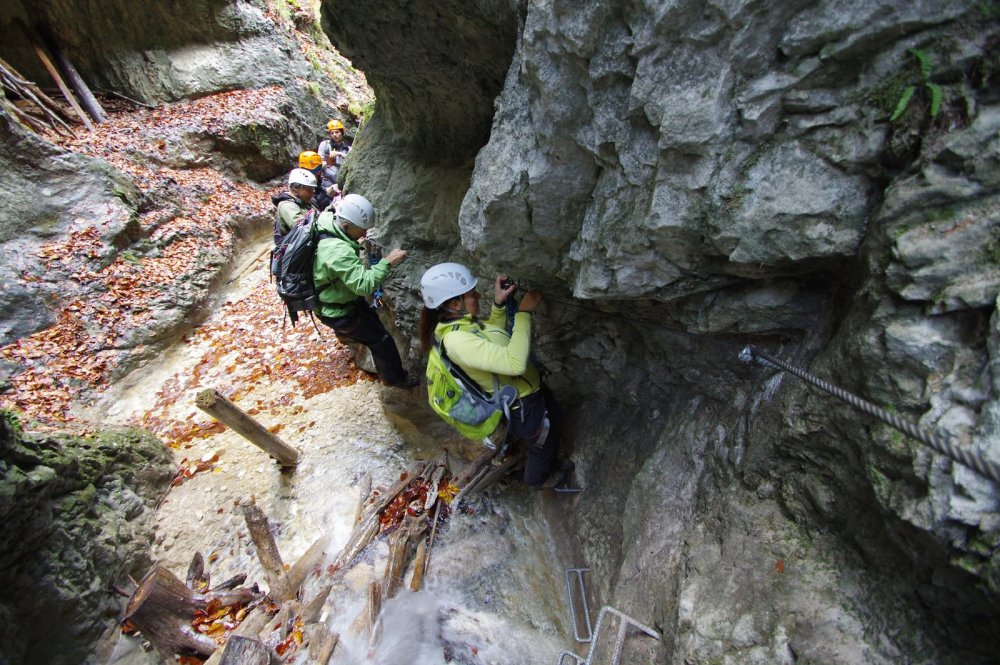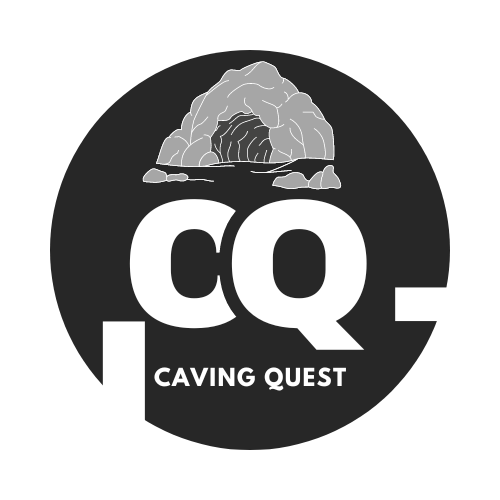Caving, or spelunking, is an adventure that draws many thrill-seekers into the mysterious world beneath the earth’s surface. But with this adventure comes a harsh reality that isn’t often discussed – caving deaths. While exploring caves can be an exhilarating experience, it also carries significant risks that can lead to tragic outcomes.
The excitement of exploration and the unknown are what draw many people to caving. Nevertheless, the risks involved in this activity have the potential to turn an exciting day into a potentially fatal circumstance. Caves’ dim lighting, cramped quarters, and unpredictable nature can quickly overwhelm the unprepared. For cavers and their loved ones, there is no greater fear than the fear of becoming lost, becoming stuck, or experiencing deadly accidents.
However, preparation and knowledge can have a significant impact. Many of these tragedies can be avoided by being aware of the risks, adopting the appropriate safety measures, and appreciating the force of nature. This article will discuss the causes of cave-related deaths, recount historical tragedies, and provide advice on staying safe while caving.

Understanding the Risks: What Makes Caving Dangerous?
Walking through subterranean tunnels is not the only aspect of caving. It’s a demanding activity that calls for careful planning, mental toughness, and physical stamina. There are many risks associated with caving, and the first line of defense is being aware of them.
Unpredictable Cave Systems
Because caves are naturally occurring structures, they are unpredictable. Significant risks can come from unstable structures, flooding, and rockfalls. When the cave’s environment suddenly changes, even seasoned cavers may find themselves in perilous circumstances.
Claustrophobia and Panic
Many caves have small, constricted areas. While some people find the thought of cramming themselves through tight spaces exhilarating, others may become extremely afraid. Panic attacks resulting from Claustrophobia can be dangerous in a cave environment where sound judgment is essential.
Lack of Light
Because most caves are too deep for natural light to penetrate, cavers must use artificial light sources. In the event that these fail, there may be complete darkness, making it nearly hard to navigate or escape. For many people, the idea of being stranded in the dark is horrifying.
Stories of Tragedy: Lessons from Caving Deaths
Learning from the past can help prevent future tragedies. Over the years, there have been several high-profile caving accidents that ended in heartbreak. These stories serve as sobering reminders of the risks involved.
The Nutty Putty Cave Disaster
One of the most infamous caving disasters occurred in Nutty Putty Cave in Utah, USA. In 2009, John Edward Jones became trapped in a narrow, uncharted passage while exploring with his family. Rescue efforts were extensive, but unfortunately, they were unable to free him. John’s tragic death highlighted the importance of knowing your limits and the dangers of unexplored or poorly mapped cave systems.
The Plura Cave Incident
In 2014, two divers lost their lives in Plura Cave, Norway, one of the most dangerous underwater caves in the world. The complex cave system, combined with freezing temperatures and technical diving challenges, proved too much, even for these experienced divers. Their deaths underscored the extreme risks of underwater caving and the importance of proper training and equipment.
Staying Safe: Tips to Avoid Caving Deaths
While caving can be dangerous, it’s also an activity that can be enjoyed safely with the right precautions. Here are some tips to help you stay safe during your caving adventures.
Always Go with a Group
Caving is not something you should do alone. Having others with you increases your chances of getting help if something goes wrong. A group can also provide emotional support during stressful situations.
Prepare and Plan
Before entering a cave, make sure you are well-prepared. Study the cave’s layout, understand the risks, and have a clear plan. Make sure someone outside the cave knows your plan and expected return time.
Use Proper Equipment
Good equipment is essential. Make sure you have a reliable helmet, headlamp, backup light sources, and proper footwear. In some cases, you might need specialized gear like ropes or diving equipment. Always check your gear before entering the cave.

Know Your Limits
It’s important to recognize your limits. If a passage looks too narrow or too challenging, it’s okay to turn back. Pushing beyond your comfort zone can lead to dangerous situations.
You Might Want to Know
What was the most famous caving disaster?
One of the most famous caving disasters was the Nutty Putty Cave incident in 2009, where John Edward Jones became trapped and sadly lost his life. This tragic event received widespread media attention and led to the permanent closure of the cave.
Why do people do extreme caving?
People engage in extreme caving for various reasons, including the thrill of exploration, the challenge of navigating difficult passages, and the sense of accomplishment. For many, it’s about pushing their limits and experiencing the beauty of untouched, underground worlds.
Who was the worst death stuck in a cave?
John Edward Jones’ death in Nutty Putty Cave is often cited as one of the most harrowing. Trapped upside down in a narrow passage for over 24 hours, rescue teams were unable to free him, making it one of the most tragic and well-known caving deaths.
Which cave has the most deaths?
Nutty Putty Cave in Utah, USA, is infamous for having multiple fatalities before it was permanently sealed. The dangerous passages and tight squeezes led to several accidents, ultimately resulting in its closure after John Edward Jones’ death.
What underwater cave has the most deaths?
Eagle’s Nest Sinkhole in Florida, USA, is known as the “Mount Everest of cave diving” due to its high number of fatalities. The complex and dangerous underwater passages have claimed the lives of many divers, even those with significant experience.
Conclusion
Caving deaths are a tragic reality of a thrilling but dangerous activity. While the lure of the unknown and the beauty of underground exploration draw many to this hobby, it’s essential to remember the risks involved. Many of these tragedies can be avoided with proper preparation, respect for nature, and understanding of one’s limits. By learning from past accidents and taking the necessary precautions, caving can be a safer and more enjoyable experience.
